Whale Watching at Point Vicente
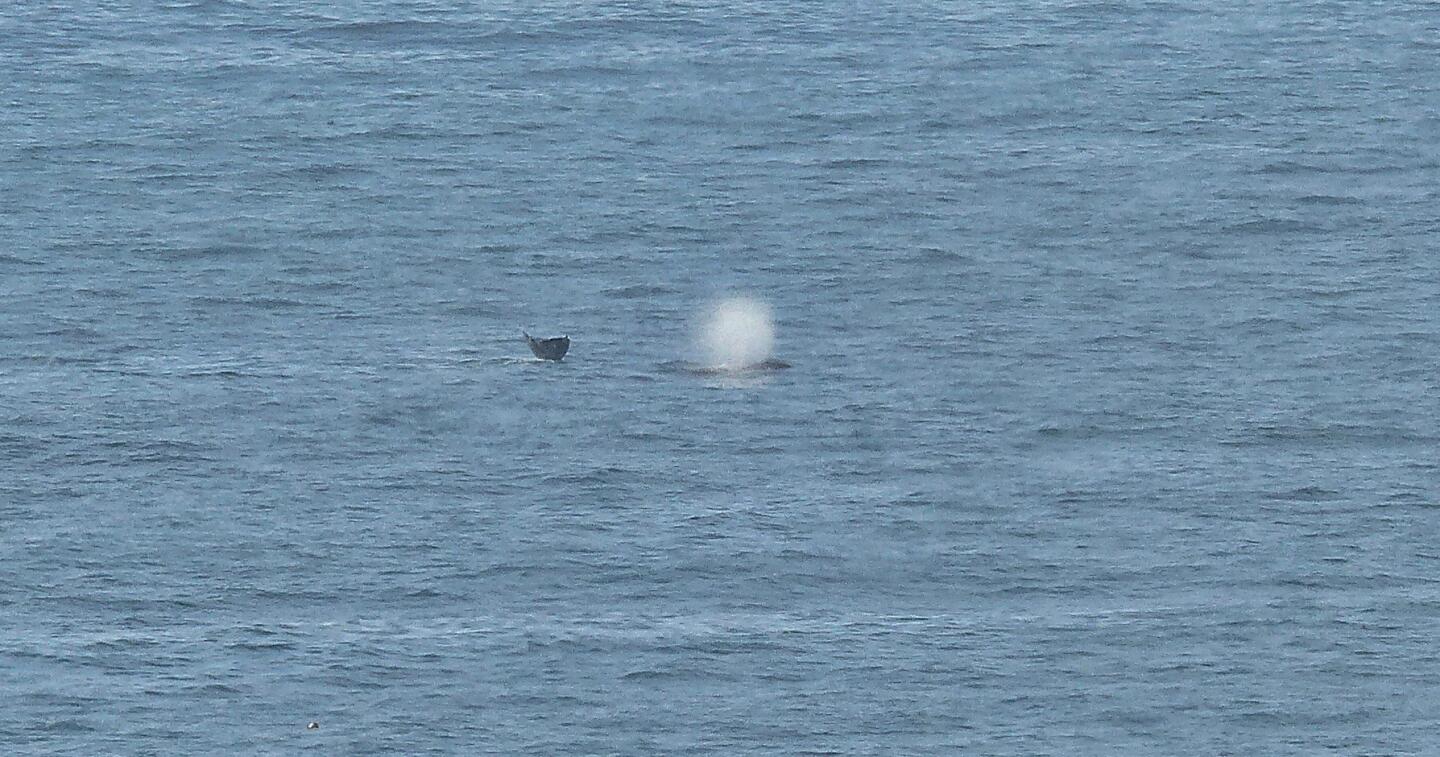
A whale’s fluke and a blow can be seen with cameras and binoculars from the Palos Verdes Peninsula. This is a no-cost way to see the Pacific gray whales that migrate 10,000 miles between Mexico’s Baja Peninsula and Alaska.
(Sara Lessley / For The Times)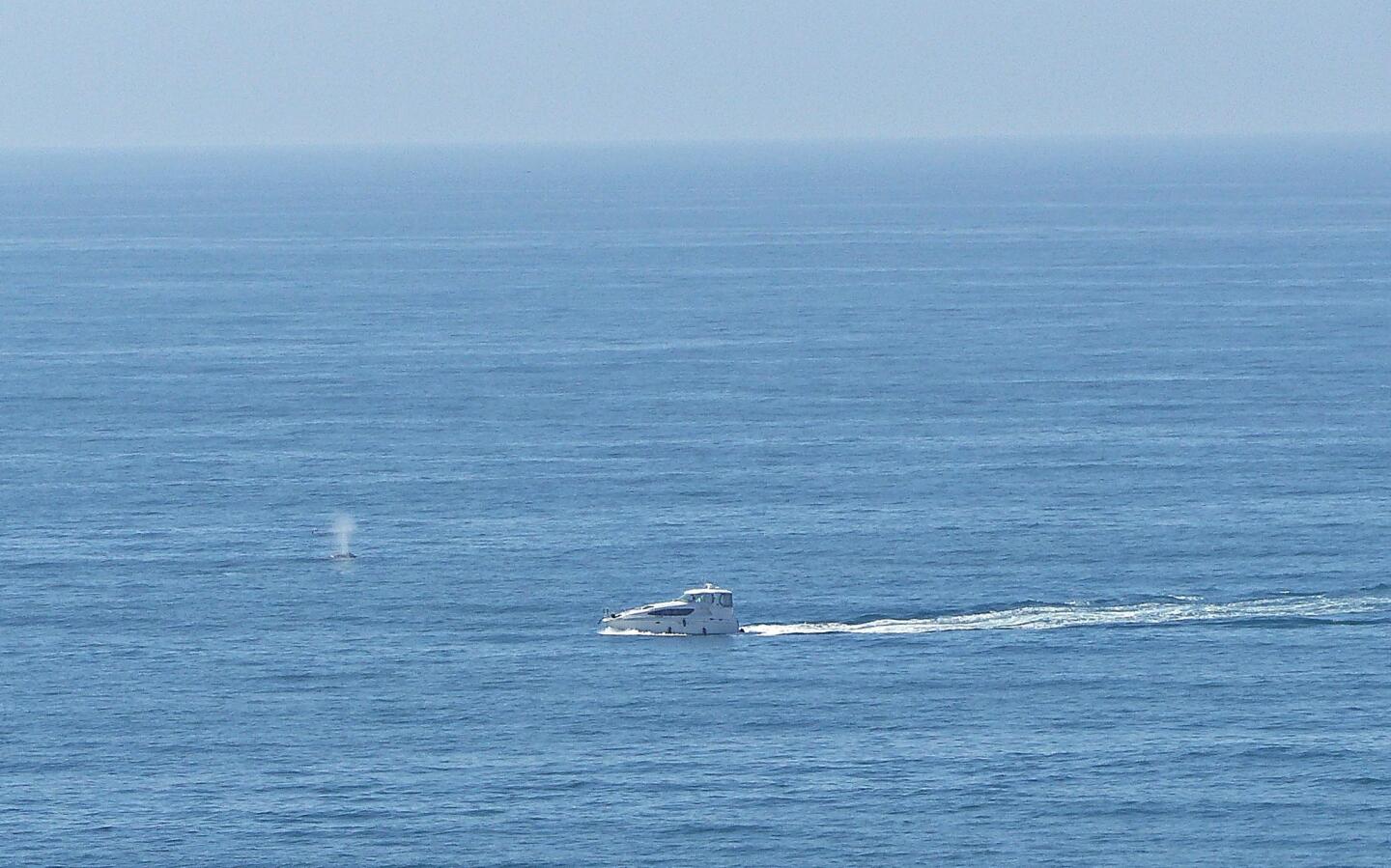
A whale blows near a small craft, as seen from the bluffs above at Point Vicente.
(Sara Lessley / For The Times)
A family observes the ocean activity below.
(Sara Lessley / For The Times)
Observers and visitors check for sightings from the viewing deck at Point Vicente.
(Sara Lessley / For The Times)Advertisement
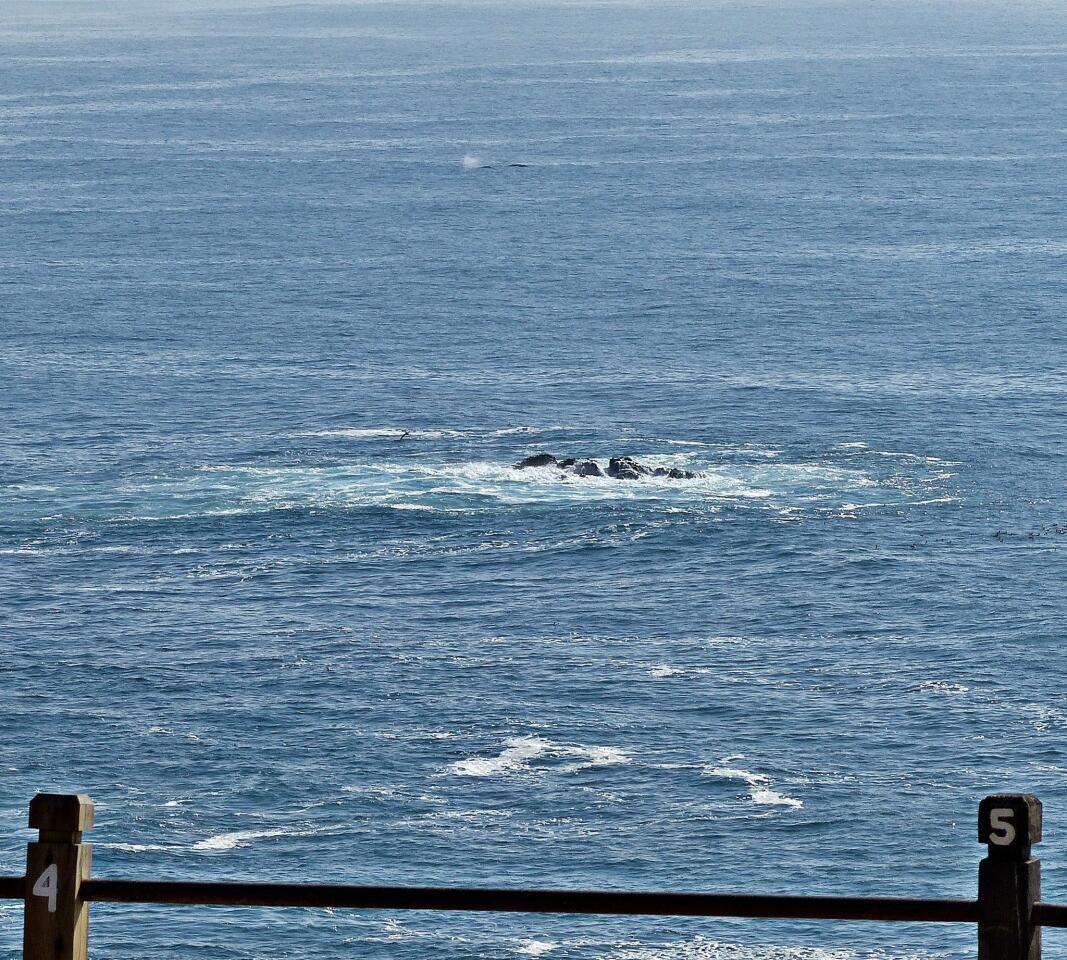
From the helpfully numbered posts along the cliff path, watchers at Point Vicente can spot the approximate location of a distant blow or pod of dolphins.
(Sara Lessley / For The Times)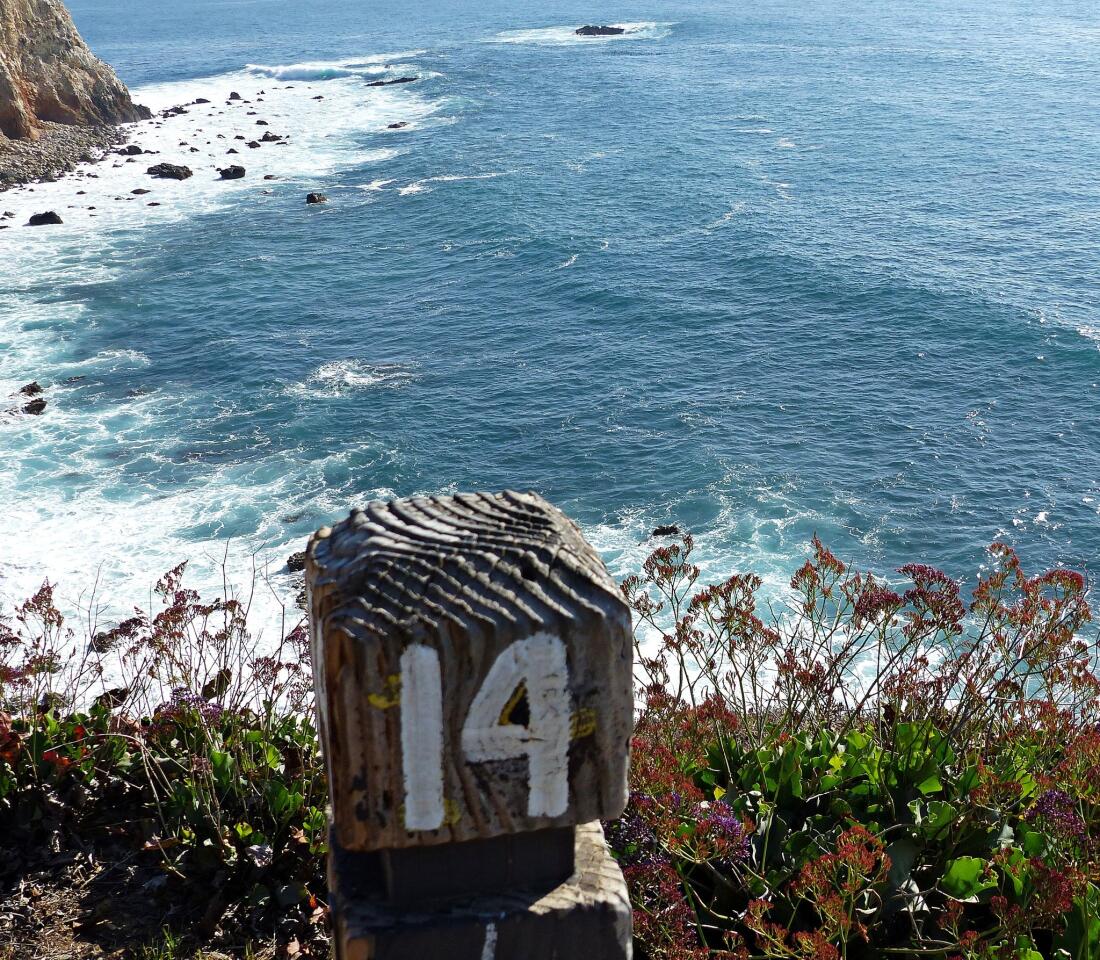
Signpost 14 near Point Vicente overlooks a scenic spot.
(Sara Lessley / For The Times)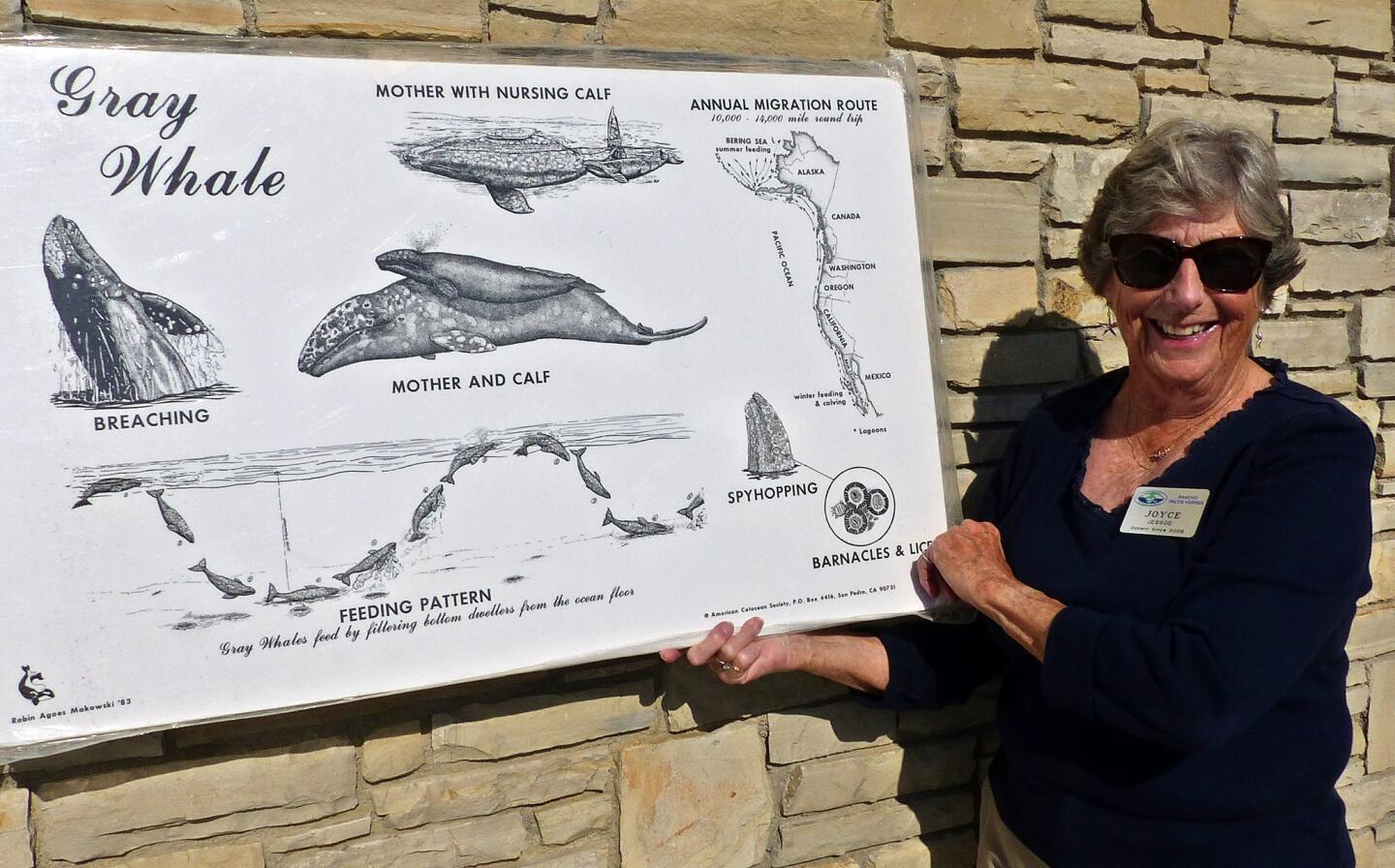
A docent uses her maps and charts to explain the gray whale story to visitors.
(Sara Lessley / For The Times)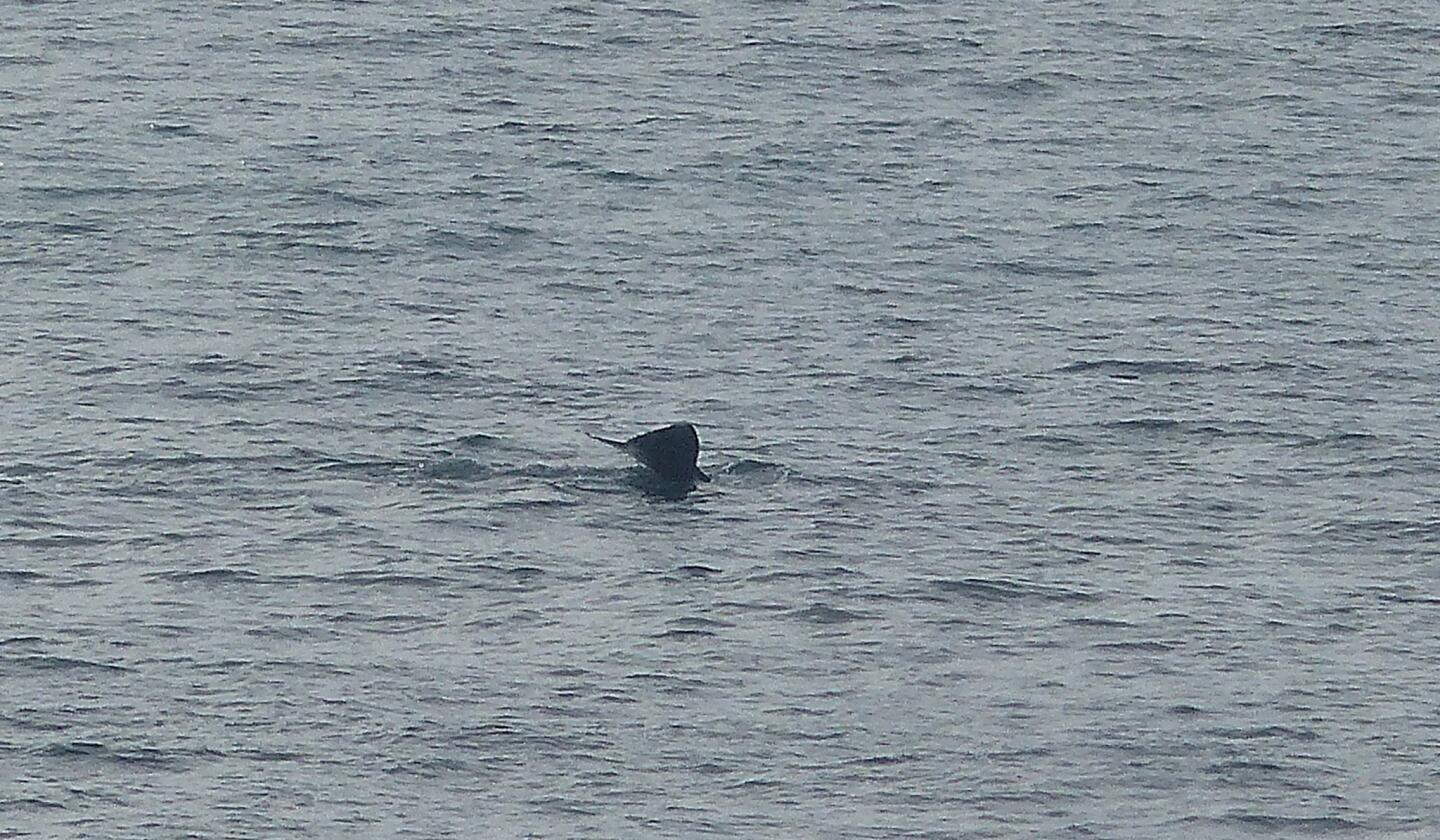
Sharp eyes catch a glimpse of a tail fluke not far offshore from the observation area at Point Vicente.
(Sara Lessley / For The Times)Advertisement
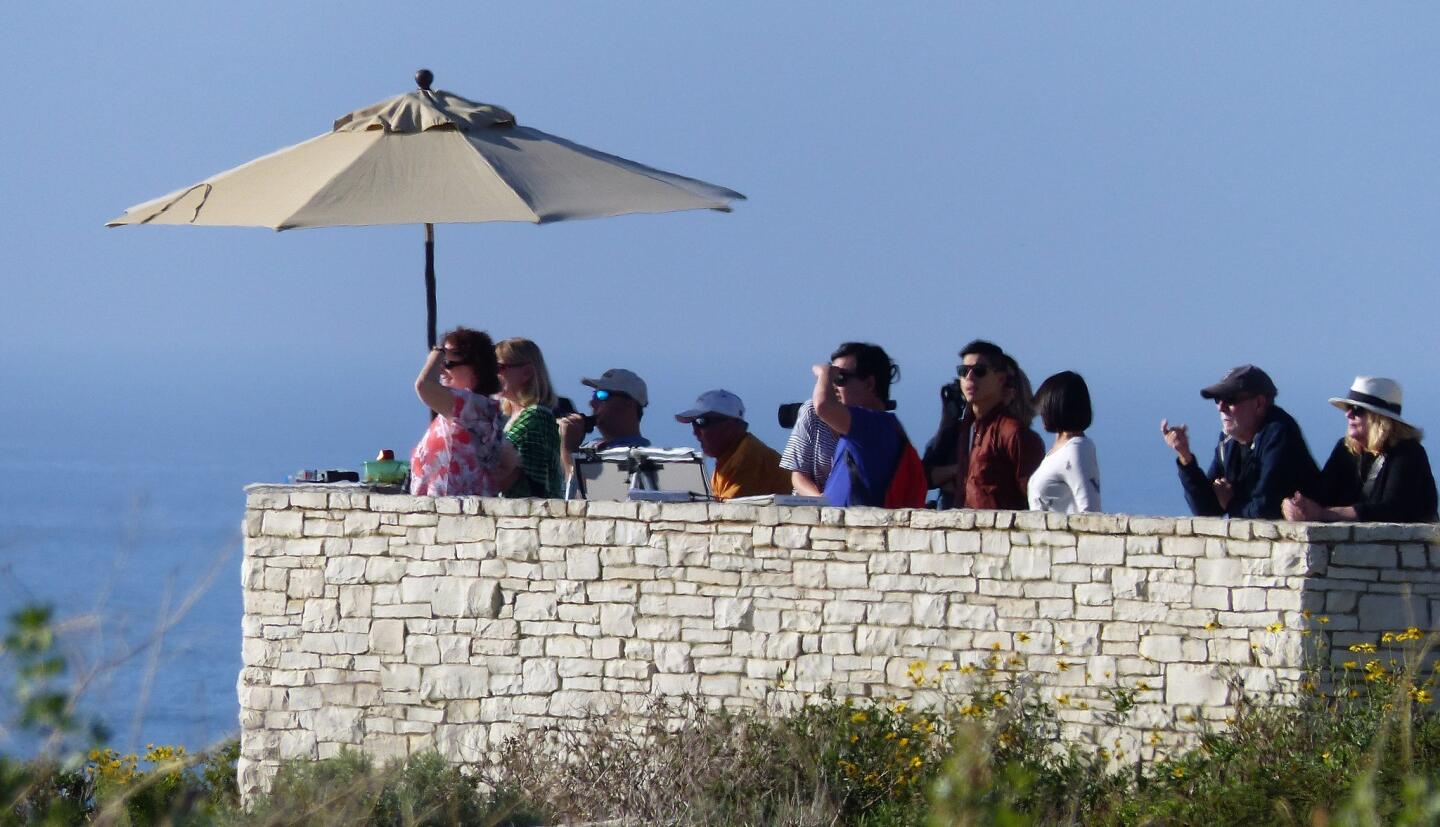
Observers and visitors scan the water from the Point Vicente interpretive center’s viewing deck.
(Sara Lessley / For The Times)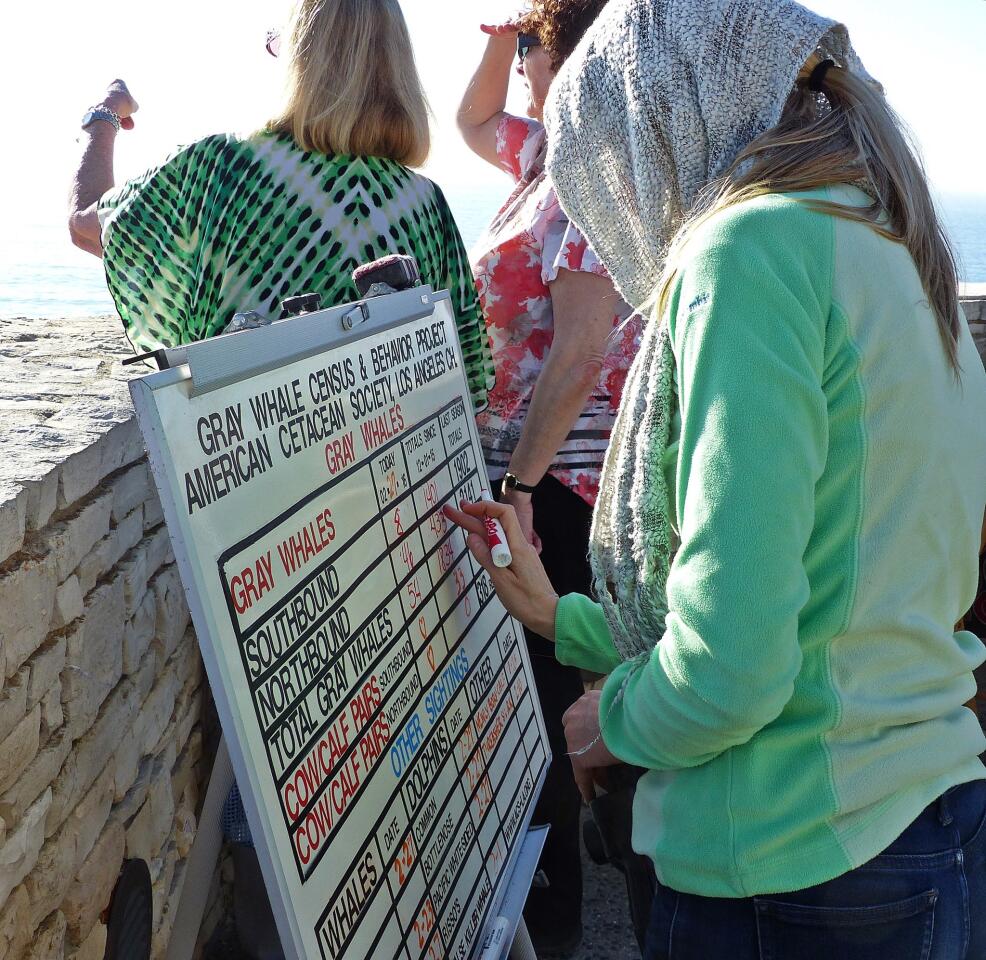
The whale count is updated. At about lunchtime on Feb. 27, 34 grays had been spotted northbound and four southbound. By late afternoon, that total climbs to 46 grays northbound and eight southbound.
(Sara Lessley / For The Times)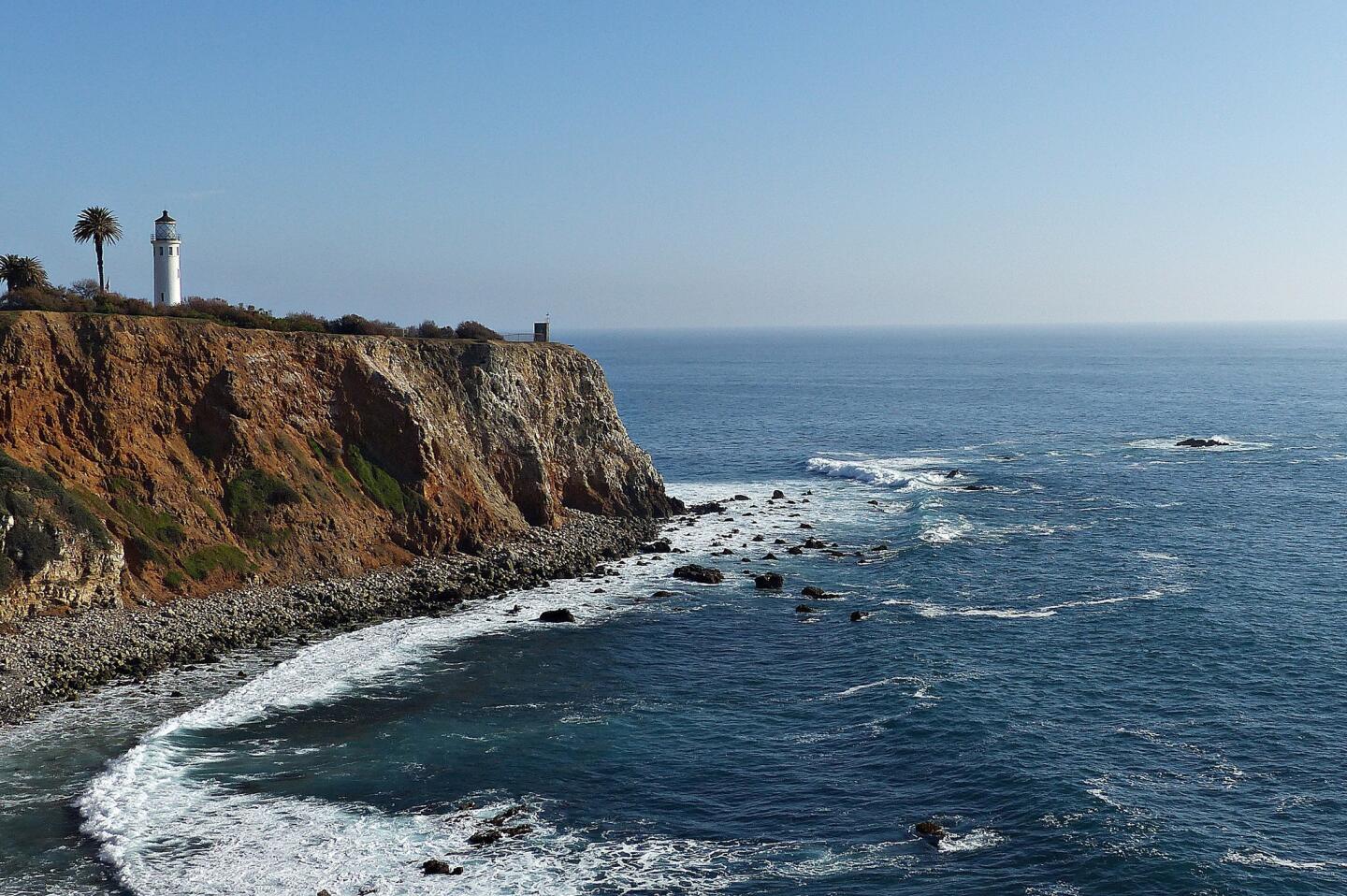
Next to the interpretative center is the Point Vicente lighthouse, now automated with electronic sensors instead of a keeper. The lighthouse is open to the public about one day a month.
(Sara Lessley / For The Times)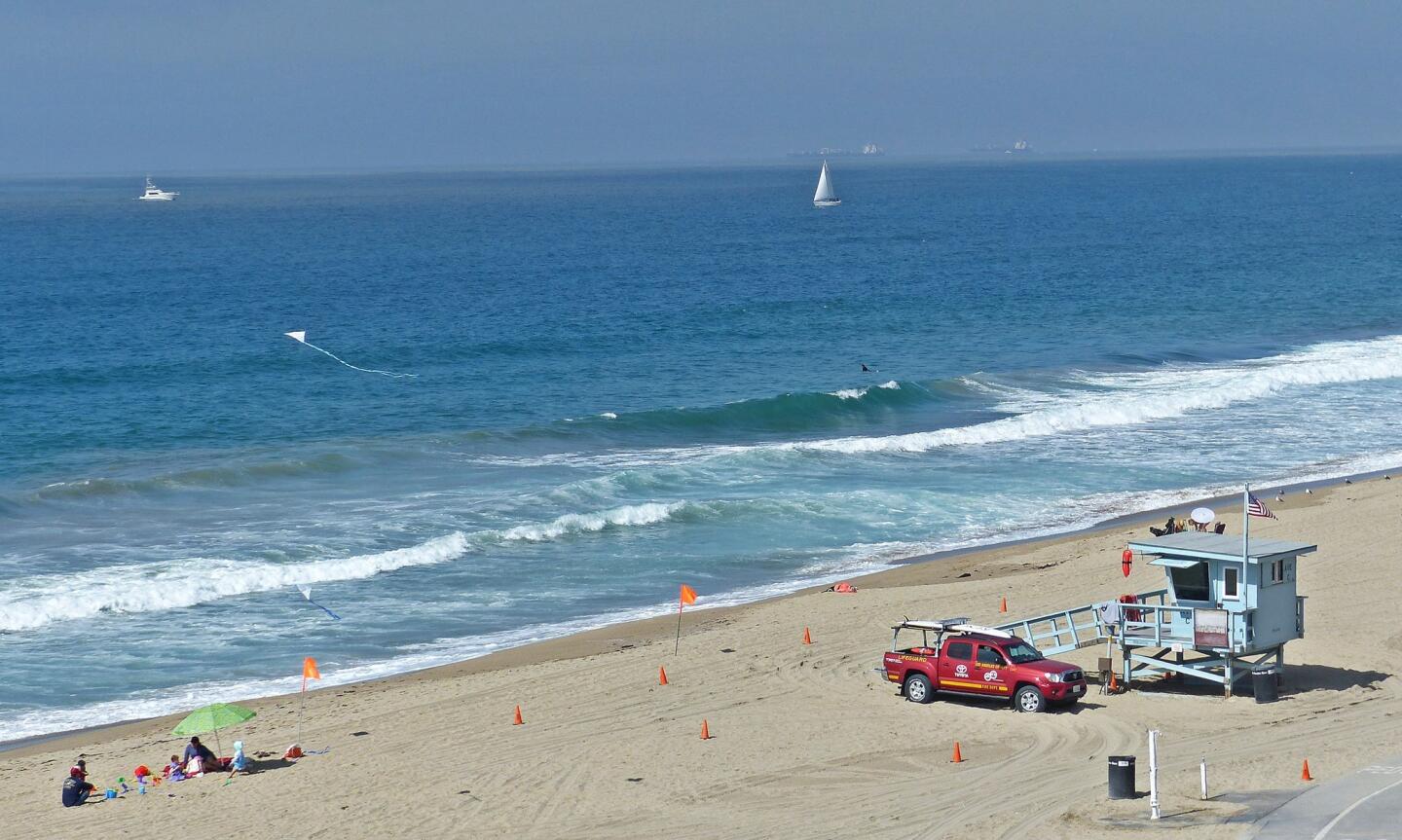
Picture-perfect beach, on the way to Point Vicente, which is on the Palos Verdes Peninsula.
(Sara Lessley / For The Times)


